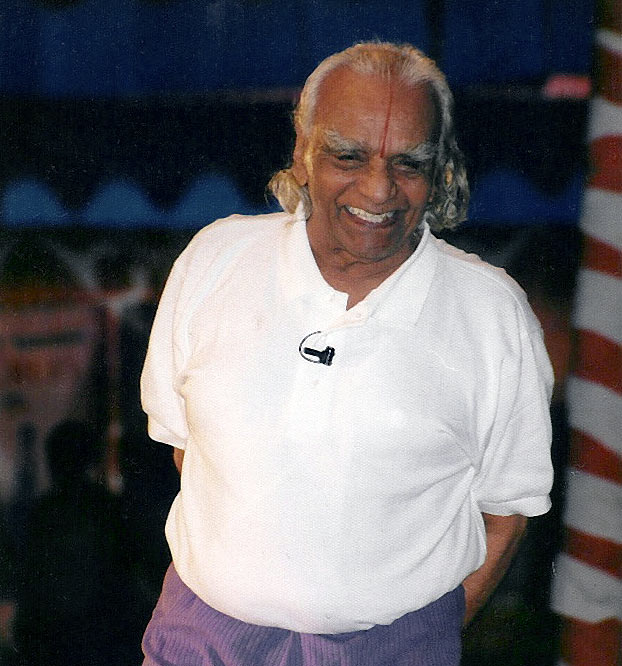From his early teens to his death in August 2014, BKS Iyengar devoted himself to the intense and unwavering practice of yoga. His commitment and his dedication as a teacher brought the fruits of his work to a global audience although, throughout his life, he remained :
a man who brings himself to the altar, alone and clean in body and mind, focussed in attention and will, offering in simplicity and innocence not a burnt sacrifice, but simply himself raised to his own highest potential. (Yehudi Menuhin, 1964)
Born in Bellur, India in 1918, BKS Iyengar’s teachings drew on his own personal experience. They emphasise the essentially practical nature of yoga, as an art and science for ‘dealing with the physical, moral, mental and spiritual well-being of man as a whole’. This inspired teacher did a great deal to communicate the methods of yoga in a down-to-earth way that can be followed by ordinary people, and he is known in the West especially for his guidance in the safe and correct practice of asana and pranayama (posture and controlled breathing) and for teaching the curative and therapeutic value of different groups of postures.
The Ramamani Institute in Pune, India, where he lived and taught with his daughter Geeta, son Prashant and granddaughter Abhijata, remains the main teaching centre of a worldwide network, providing daily classes to local as well as a large number of international students.
BKS Iyengar wrote prolifically on the subject of yoga in a manner that is direct and accessible. His best known works are Light on Yoga and Light on Pranyama, both of which have been reprinted many times since they were first published.
Certified Iyengar yoga teachers worldwide undergo the same rigorous training and assessment process approved by the Ramamani Institute.
